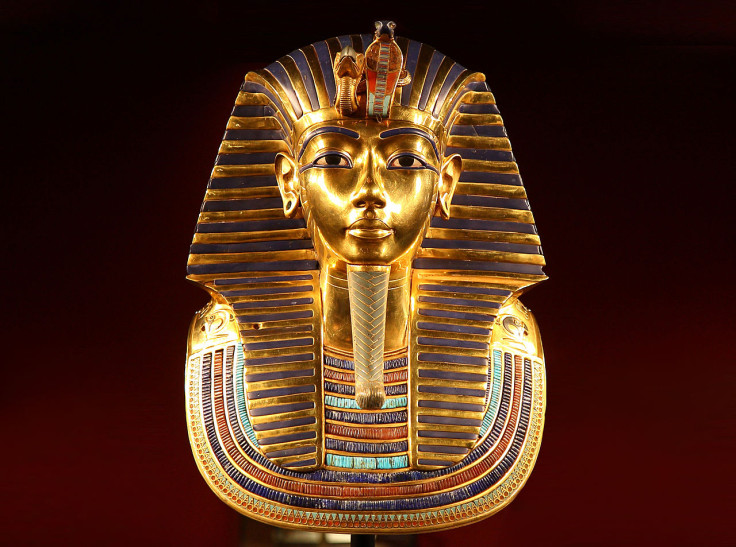Archaeologist believes hidden passageway in tomb of Tutankhamun leads to resting place of Nefertiti

The tomb of one of Egypt's most famous pharaohs, Tutankhamun, is thought to be harbouring a secret that has been eluding archaeologists since its discovery in 1922 by Englishman Howard Carter.
University of Arizona archaeologist Dr Nicholas Reeves believes that he has discovered a secret passageway within King Tut's tomb that leads to the resting place of Nefertiti – queen of Egypt and the chief consort and wife of the pharaoh Akhenaten.
Reeves analysed high definition photographs of the tomb of Tutankhamun to discover evidence of bricked-up passageways that could lead to Nefertiti's burial chamber – thus solving one of the greatest mysteries of Ancient Egypt.
Reeves writes in a report published by the Amarna Royal Tombs Project that his close analysis of the images shows "two previously unknown doorways" within the tomb located in the Valley of the Kings which leads to "the undisturbed burial of the tomb's rightful owner," he told The Times.
In the report he writes: "Cautious evaluation of the Factum Arte scans over the course of several months has yielded results which are beyond intriguing," he writes.
"(There are) indications of two previously unknown doorways, one set within a larger partition wall and both seemingly untouched since antiquity.
"The implications are extraordinary: for, if digital appearance translates into physical reality, it seems we are now faced not merely with the prospect of a new, Tutankhamun-era storeroom to the west.
"To the north (there) appears to be signalled a continuation of tomb KV 62, and within these uncharted depths an earlier royal interment – that of Nefertiti herself.
"Obviously a full and detailed geophysical survey of this famous tomb and its surrounding area is now called for – and I would suggest as one of Egyptology's highest priorities."
© Copyright IBTimes 2024. All rights reserved.







